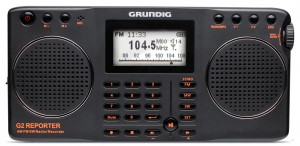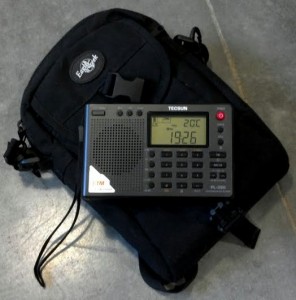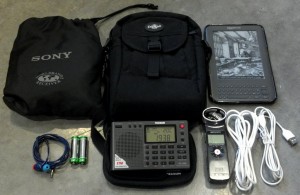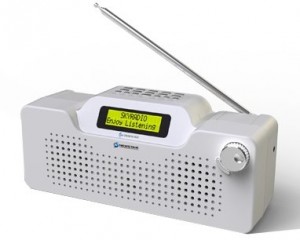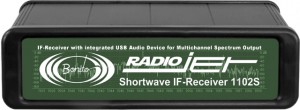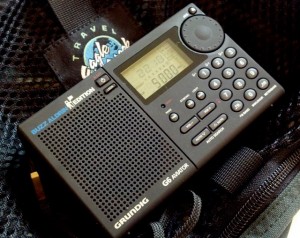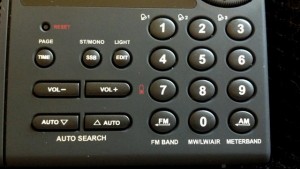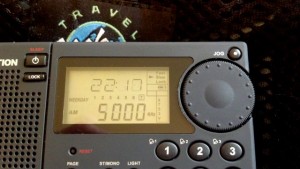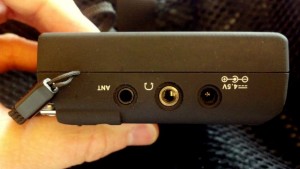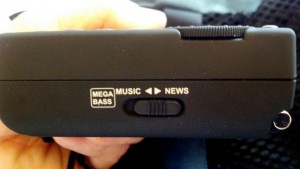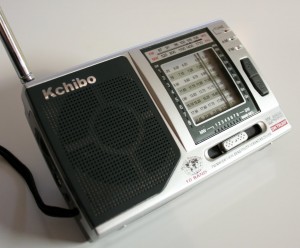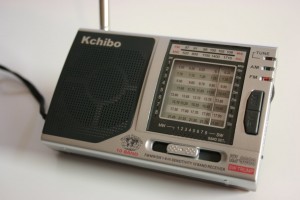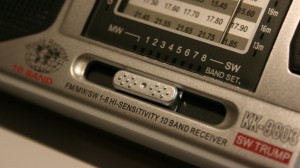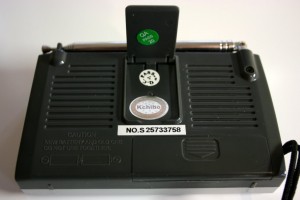SWLing reader Frank Holden (VK3JFH/VP8DNM) contacted me by email to share his experience with the ELAD FDM-S1–of particular interest because we have yet to see many reviews of this particular software defined receiver. Although the FDM-S1 was announced with some modest fanfare, its actual release and availability skipped over many of us. Not over Frank, however: he purchased an FDM-S1 and had it shipped to his home in Australia, where he apparently put it through its paces.
Frank’s overview of the ELAD FDM-S1 is quite good, and he has kindly given us permission to post his observations here:
I have had an ELAD FDM-S1 now for over a month, having purchased it directly from the manufacturers, and while I don’t feel qualified to write a review you may be interested in my opinion of it.
In my shack at present I have an Icom R-1500, Icom 718, Tecsun 390, Tecsun 660, Grundig G6, Sangean ATS 909, Drake SW 8, Kenwood R5000, a Funcube Dongle and an Alinco DJ-X11. In the way of antennas I have a couple of dipoles, a G5RV , and a 10 metre vertical for TX together with an AOR DC to Daylight, a Diamond discone , a GWhip longwire and a simple 7 metre long untuned vertical on a squid pole for RX.
I was going to buy my ELAD pre-release from WoodBoxRadio but language difficulties and confusion over getting it VAT-free put paid to that. I take full responsibility for the confusion……
In the end I bought one direct from ELAD sdr for 362.81 Euros VAT-free, which price included 10 Euros postage to Australia. It arrived within a week… would that everything that I bought from overseas was as cost effective and fast.
Out of the box it was simple enough to set up with just a USB connection to the computer. I have it connected to a Dell Netbook and this had to be upgraded to XP Service Pack 3 together with some .Net software, the purpose of which remains something of a mystery. I imagine with a newer computer it would operate straight out of the box. It came with a DVD which had both the .net software on it plus an early version of the operating software. I immediately upgraded this software to v3.07 which is what I am currently using.
I believe that originally the frequency range stopped at 30 MHz… however, it can now receive up to 452 MHz if this is selected in the advanced menu. As I write this I am monitoring aviation traffic on 132.200. Likewise the original viewable spectrum was quite restricted, but in the latest version 1.2 MHz can be viewed in the waterfall.
Tuning is straightforward… either by direct keyboard entry or by clicking on the waterfall…. there are also three ‘sliders’ at the bottom of the screen which permit ‘mouse tuning’ by either metre band, MHz, or kHz. Mode selection and quite a bit of other stuff (did I mention that this is not a technical review?) are on a drop down menu at the right hand side of the screen. DRM is included amongst the modes and I listen to RNZI DRM most evenings.
I haven’t used any of the recording options on this radio yet. What I have been doing is either simple SWLing where the ability to monitor an entire Metre band is excellent, especially when combined with the info on the WRTV frequency guide DVD. I also use it at other times of the day in what I suppose you could call ‘Ham’ mode where it can be left watching the 20 metre, 40 metre or other ham band and I can see when a band has opened… far simpler than scanning around…
So all in all, I am very satisfied and would recommend this SDR to anyone.
My #2 radio these days is my Tecsun 390 with its ETM… another bit of brilliant kit.
Frank also sent some helpful photos of his screen, and added:
I am currently running v.3.07 beta… the last shot is the latest ‘polished’ version 3.01.
As you can see in that shot, you can now get three screens, including an AF and an IF screen. That version also comes with a separate program that lets you work with recorded files more easily.
He even included some photos of recording:
Thanks for your most interesting observations, Frank. If there are any others out there who have experience with the Elad FDM-S1, feel free to comment below or simply contact me.
For those of us here in the US, to my knowledge there still is no FCC approval of this device. I have contacted Elad with this question; they’re on annual holiday leave just now.
Follow our other Elad FDM-S1 posts with the tag: Elad FDM-S1













